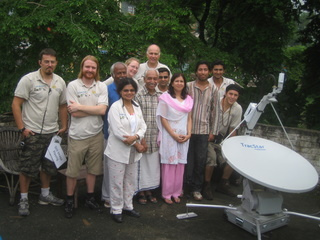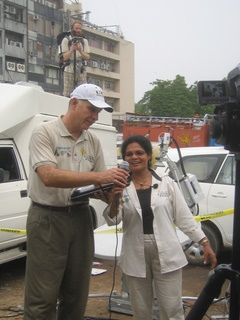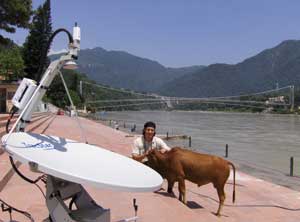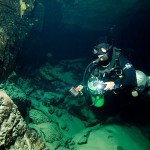Phase 5 (2011-2012):
Customized INTX application for “Just-In-Time, On-The-Job Training” (JIT/OJT) tools and INTX Control Tablet deployment strategies. Assessed INTX network’s impact on Immersive Instructional Technology requirements, delivery, and access.
The assessment study included the following components:
- Usability and Ergonomics testing
- Hardware analysis and Software optimization
- Assessment study of user engagement
- JIT/OJT use case study, which represents the typical future
customers in vertical market of Online Customer Service and
Field Service / Tele-maintenance networks. Performed related
UCF learning assessment study and is currently preparing to
publish results.
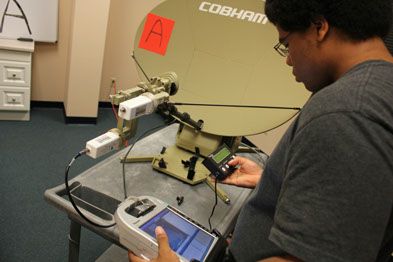
Phase 4 (2010):
Improved Software Interfaces for operating via Mobile Satellite. Optimizations for Adobe Flash Action Script Updates and Adobe AIR. Integration with UCF WebCourses during Fall 2010. Performed related UCF learning assessment study and published results.

Phase 3 (2009):
Real-Time Mobile Performance Characteristics, Training Controller Refinement, Wireless Mesh Network Integration.

Phase 2 (2008):
Network Model Refinements and Two-Way, Non-Line-of-Sight Video Transmission with Multiple Wireless In-Field Cameras, Mixer, and Training Controller Prototype. Feasibility Study and Dissemination at
I/ITSEC, Joint Armed Forces Conferences.

Phase 1 (2007):
Proof of Concept for Remote Satellite-enabled Media Network Integration Model
.

copyright 2013
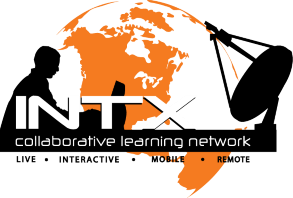











































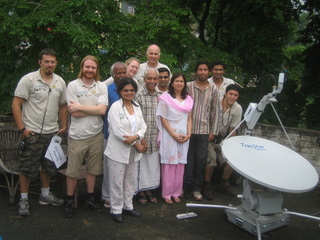








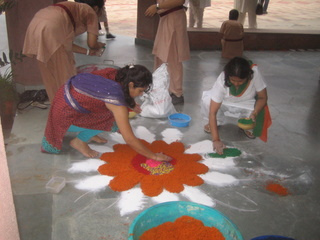



.jpg)



